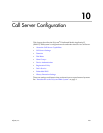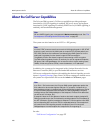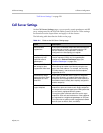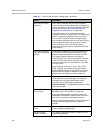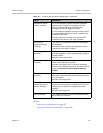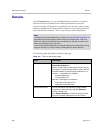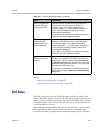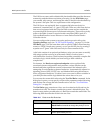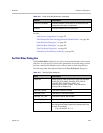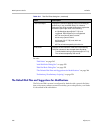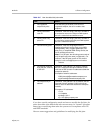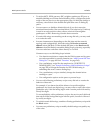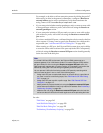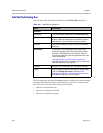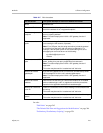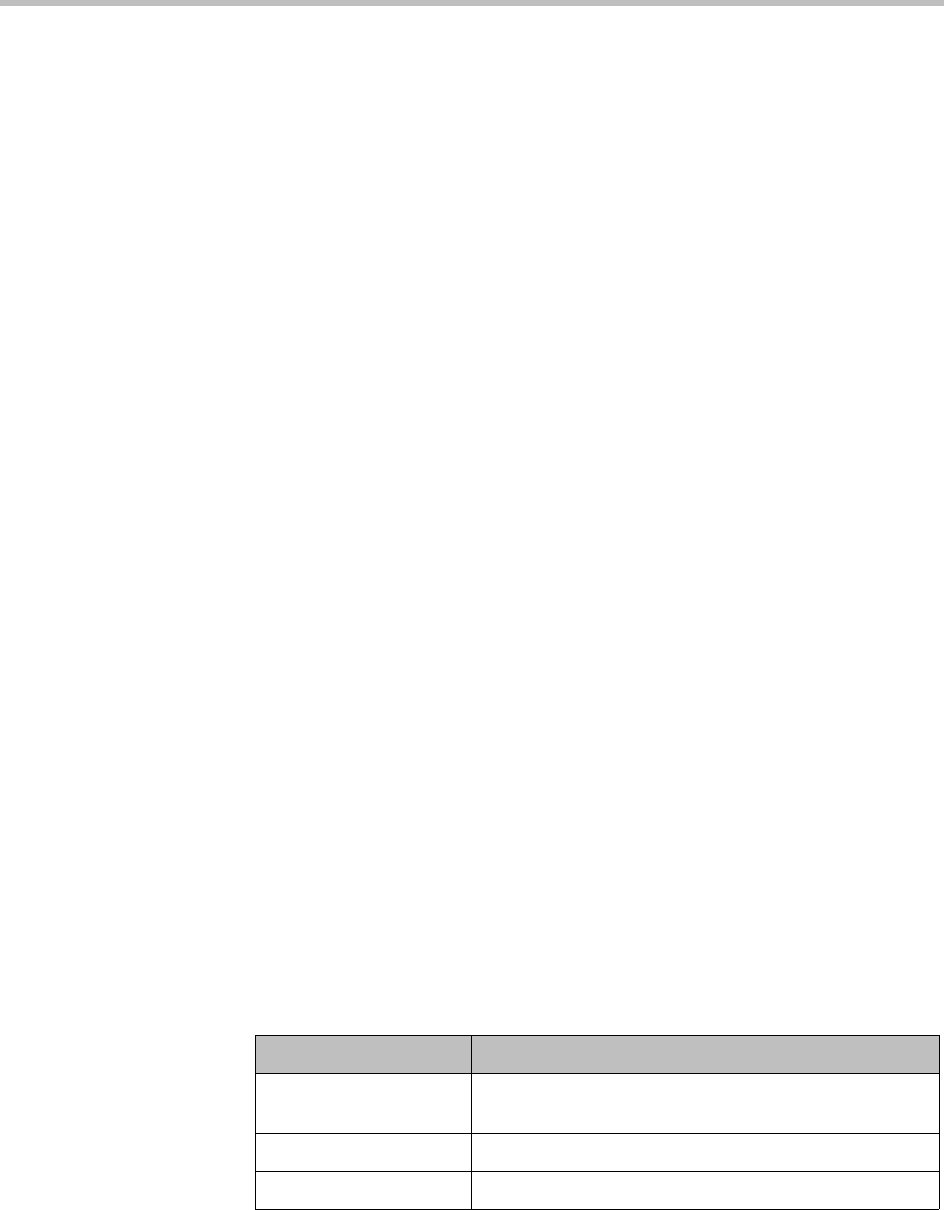
DMA Operations Guide Dial Rules
244 Polycom, Inc.
The Call Server comes with a default dial plan installed that provides the most
commonly needed address resolution processing. On the Dial Rules page,
you can add, edit, remove, and change the order of the dial rules that make up
the system’s dial plan. This is a supercluster-wide configuration.
The Call Server can optionally have a separate dial plan used only for
untrusted (“unauthorized” or “guest”) SIP calls. These are calls from devices
that are not registered with the Polycom DMA system and are outside the
corporate firewall (but not part of a federated enterprise). These calls typically
come to the DMA system via session border controllers (SBCs) such as a
Polycom RealPresence Access Director or Acme Packet Session Border
Controller device.
You can configure the system to recognize and accept such calls on the
Signaling Settings page (see “H.323 and SIP Signaling” on page 71). On the
Dial Rules page, you can route these calls to specific VMRs (virtual meeting
rooms) or VEQs (virtual entry queues), or to a specific SIP peer by creating a
separate set of “guest” dial rules used only for these untrusted calls.
A dial rule consists of an optional preliminary script you can create to modify
dial strings and the action to be performed, which you select from a
well-defined list of actions. These actions encapsulate potentially complex dial
resolution logic, which shields you from having to deal with these
complexities.
For instance, the Resolve to registered endpoint action applies all the
associated system configurations and performs various searches on the
internal endpoint registration records to determine if the inbound call is
attempting to reach another registered endpoint. It automatically adjusts for
signaling protocol (SIP/H.323), case, and standard dial string deviations to
locate a registered endpoint. You don’t have to account for these variables in
your dial plan because the logic behind the action does so for you.
You can test the current dial rules using the Test Dial Rules command. In the
dialog box it opens, you can specify various caller parameters and a dial string,
and see how the current dial rules handle such a call. See “Test Dial Rules
Dialog Box” on page 245.
The Dial Rules page contains two lists, one for authorized calls and one for
unauthorized calls. The former contains the system’s default dial plan. The
latter is empty unless you add rules to it. Both lists contain the same fields. The
following table describes the fields in the two lists.
Table 10-3 Fields in the Dial Rules lists
Column Description
Order The priority order of the rules. Use the Move Up and
Move Down commands to change the priority of a rule.
Description Brief description of the rule.
Action Action performed by the rule.




